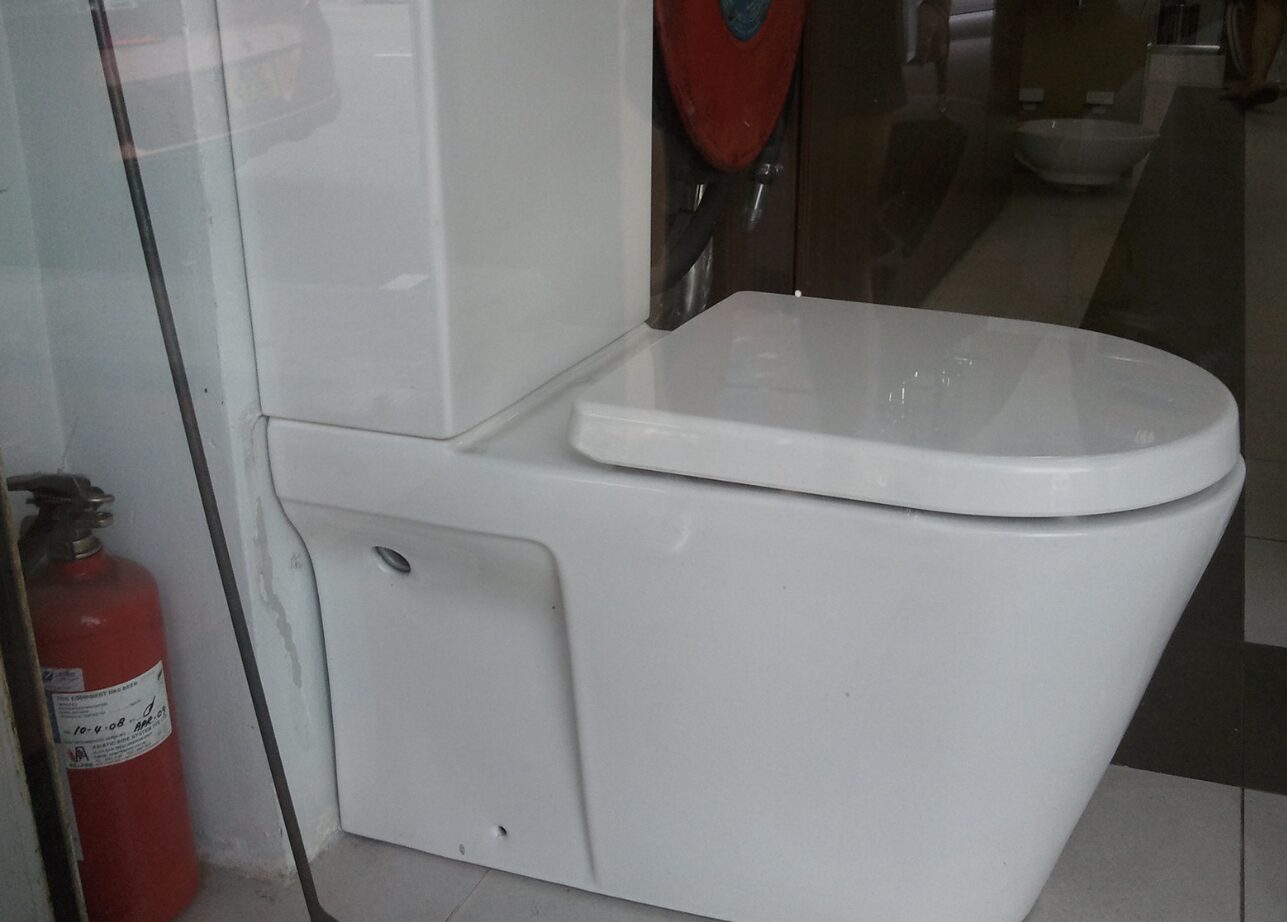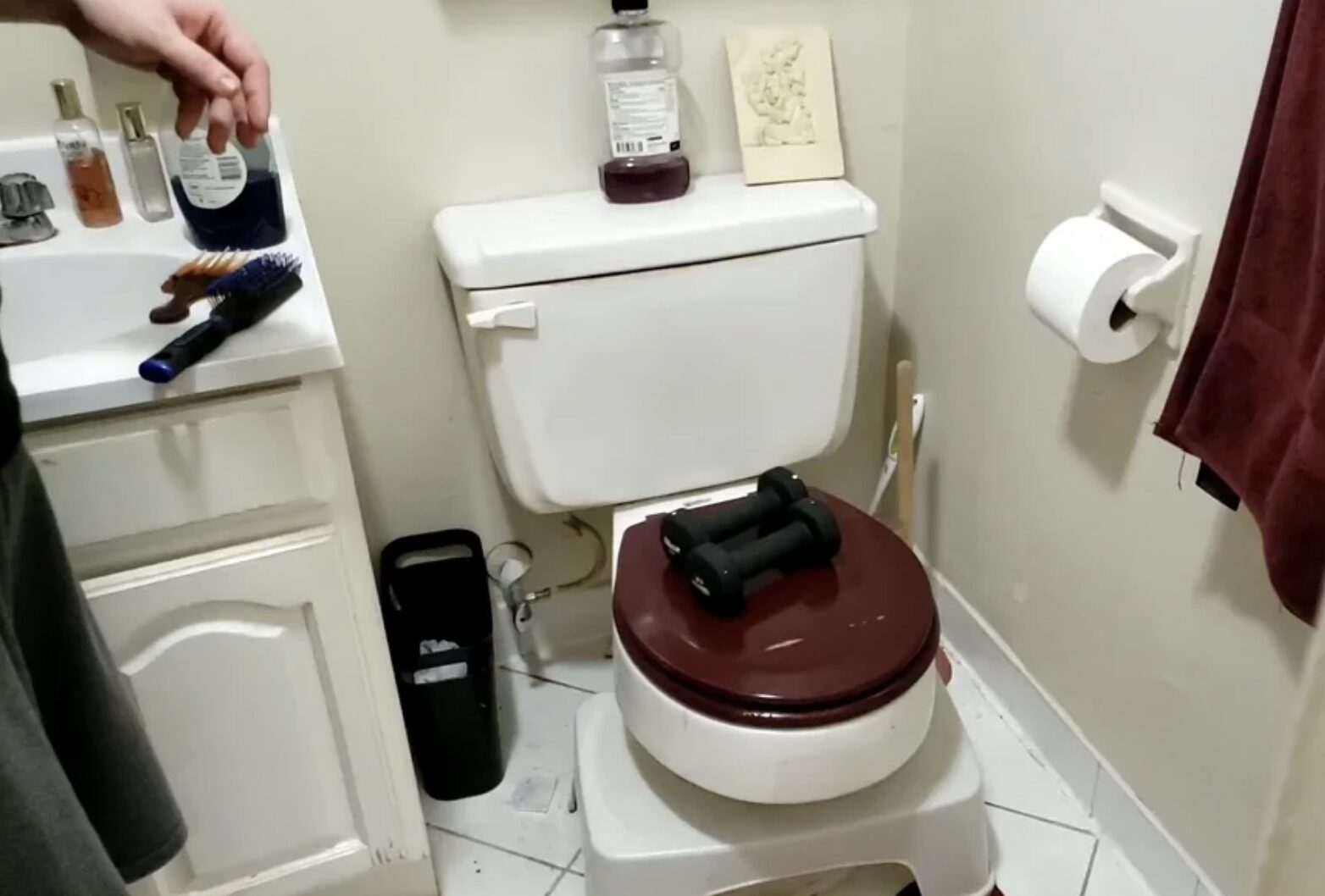
Nightmare! Total nightmare! I really don’t know how else to think or write about this. Rats in the toilet? Just the thought sends shivers down my spine, and honestly, I don’t even want to entertain the idea, let alone experience this scenario firsthand. After hearing a few urban legends, I was curious (and terrified), so I started asking around. My friends were just as skeptical and freaked out. “No way that can happen,” they laughed. But guess what? It’s not a myth.
Rats can, indeed, make their grand entrance right into your toilet, and just knowing this fact was enough for me to dive deep into a frenzy of worrying and researching. Like, what in the world would I do if I encountered a rat in my toilet? The first thing that pops into my mind is to run. But realistically, so would the rat—potentially after me! Clearly, I needed better solutions. So here’s the lowdown on what I discovered…

First Things First: Can Rats Really Swim Up Our Toilets?
Absolutely, yes. Rats in the toilet aren’t just some horror movie fiction; they’re a startling reality. These creatures are surprisingly adept swimmers. They can hold their breath for up to three minutes and tread water for as long as three days. They can even squeeze into spaces as tiny as a quarter. The usual route for these sewer-loving swimmers begins in your home’s main sewer line. They shimmy up, navigating through the narrow urban waterways, and presto, they pop up in your toilet like a grotesque surprise in a jack-in-the-box.

How Do They Do It?
Well, it turns out rats are attracted to the scents of food and waste that linger in our sewer lines. They explore these lines by squeezing through the smallest of cracks and climbing inside the vent stacks that lead to the roofs of buildings. Once they find a drainpipe that leads downward toward a toilet, it’s merely a matter of paddling upwards and making a grand entrance right into the porcelain throne.
Encounter of the Rodent Kind
Imagine this: it’s the dead of night, you’re groggily making your way to the bathroom, and as you flip on the light, there it is—a rat, casually lounging in your toilet bowl. What do you do? Well, after my initial instinct to sell the house and move to a rat-free island subsides, here’s the more rational action plan I put together after consulting with every expert source I could find:
Keep Your Cool: Panicking will likely scare the rat, potentially driving it to seek refuge in even less accessible parts of your home.
Contain the Situation: Quickly close the toilet lid to prevent its escape and place something heavy on top. Rats can be surprisingly strong, and the last thing you want is a chase scene in your bathroom.
Dial for Help: This is definitely a situation for the professionals. Pest control can manage the situation with the right equipment and safety protocols.
Handling a Deceased Visitor: If the rat isn’t alive, wear gloves to remove it from the bowl, place it in a sealed bag, and dispose of it properly. Don’t forget to disinfect every surface within a mile radius (okay, maybe just the bathroom).

Flushing is a No-Go: Whether it’s dead or alive, flushing the rat is a bad idea. It’s inhumane if it’s living, and could cause significant plumbing issues either way.
Prevent Future Uninvited Guests: After handling the immediate crisis, consider installing a non-return valve in your sewer system. This gadget allows waste to exit but prevents rodents from entering.
Regular Checks: Keep an eye on your plumbing to ensure there are no easy entry points for future intruders. Make sure all pipes and vents are secure and in good repair.

As for me, since learning all this, I’ve been extra vigilant. Maybe I’m checking the toilet a bit too obsessively before each use, but hey, can you blame me? And about that idea of moving out? Well, let’s just say my browsing history has seen a significant increase in real estate listings.
So, do you believe it now? —rats in your toilet aren’t just an urban myth but a potential reality. But with the right knowledge and precautions, you can prevent these terrifying scenarios and tackle them with confidence if they do arise. Stay alert, stay informed, and maybe keep a heavy book near the bathroom, just in case.
Boiling Eggshells: Save Money and Help the Environment

Ever wonder how many eggshells people throw away in the trash? It really is a lot! However, did you realize that boiling these inconsequential-looking shells can really result in financial savings? It’s also a fantastic technique to lessen trash and contribute to environmental preservation. Now let’s explore the several advantages of reusing eggshells!

Eggs: A Powerhouse of Nutrition
In addition to being tasty and adaptable, eggs are also a great source of important nutrients. They include excellent sources of lipids, proteins, vitamins, and minerals, making them a full meal. About 6 grams of protein may be found in one egg, which is an essential component for sustaining muscle mass and meeting your daily dietary requirements. Protein is essential for maintaining a healthy immune system in addition to being necessary for muscles.
Cracking the Secret Code of Eggshells
Let’s now discuss eggshells. Though many of us just toss them out without giving them any thought, these “throwaways” actually have a lot to give. The main component of eggshells is calcium carbonate, which is also a component of antacid drugs. This implies that they may be a fantastic supply of calcium, a mineral that is necessary for healthy bones.
Eggshells may readily have the calcium extracted from them by boiling them, which makes for an inexpensive, natural, and DIY calcium supplement. Because strong bones become ever more dependent on calcium as we age, this is especially advantageous for elderly folks.
Easy Steps for Recycling Eggshells
Are you prepared to start maximizing your eggshells and cutting costs? Here’s a short, detailed how-to:
Gather and tidy: After giving empty eggshells a thorough rinse, let them air dry.
Crush the shells: Using a food processor or mortar and pestle, break the shells into little pieces once they have dried.
Bring the crushed shells to a boil by putting them in a pot with water and covering them. Simmer it for ten to fifteen minutes.
Strain and cool: To get rid of any shell bits, strain the liquid after it has simmered. Let cool completely before putting it in a fresh bottle or jar.
Utilize and delight in: You can now utilize your own calcium supplement. Take one tablespoon of the liquid every day, stir it into your preferred drink, or incorporate it into your meals.
Reduce Spending, Protect the Environment, and Boost Your Health
Not only is boiling eggshells a cost-effective decision, but it’s also an environmentally beneficial one. You can obtain a natural calcium supply that promotes bone health and general wellbeing by recycling these shells. Thus, keep in mind to save and repurpose the eggshells the next time you crack open an egg!



Leave a Reply